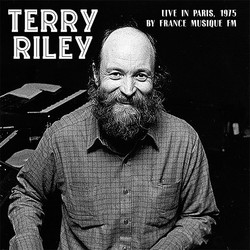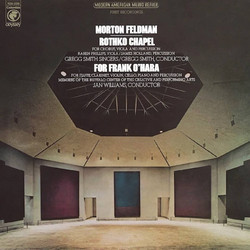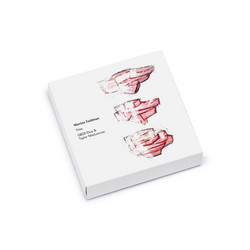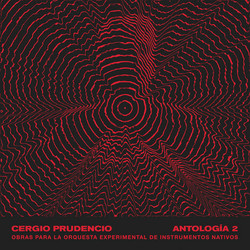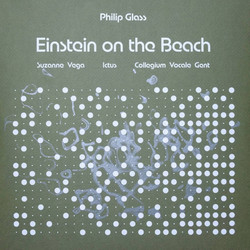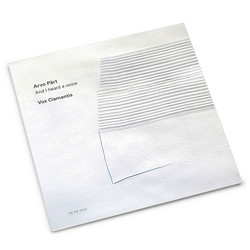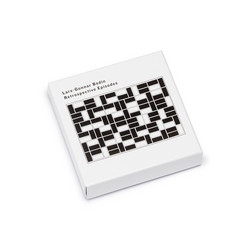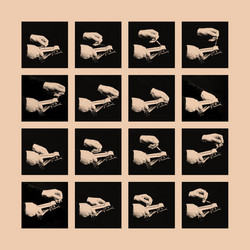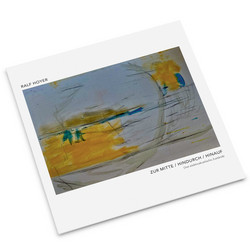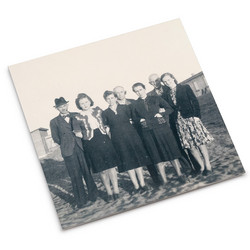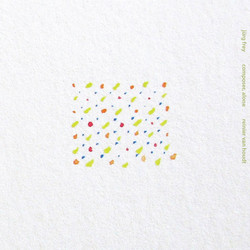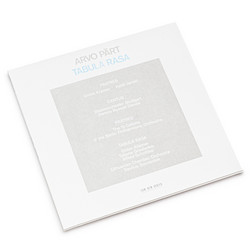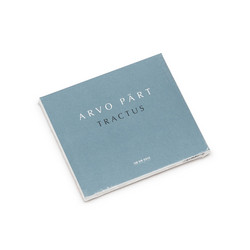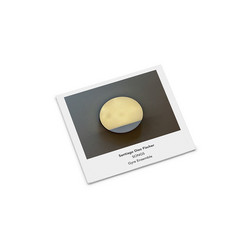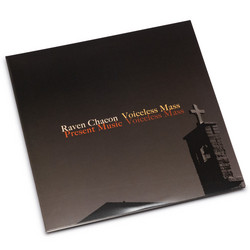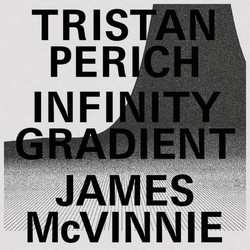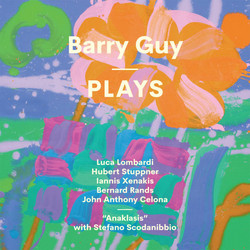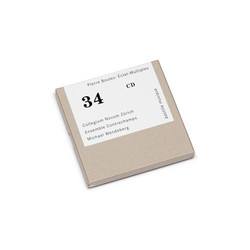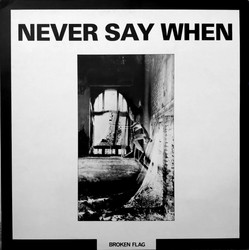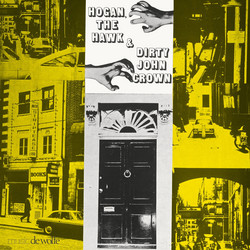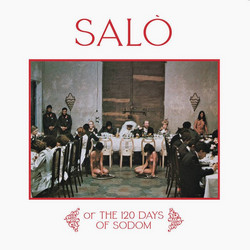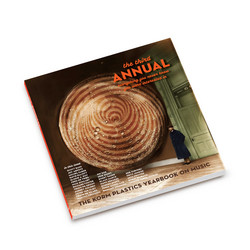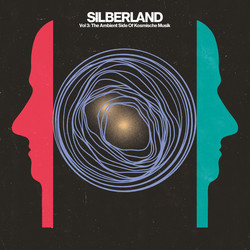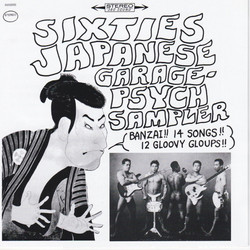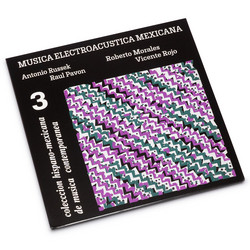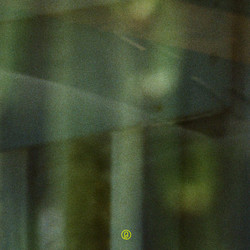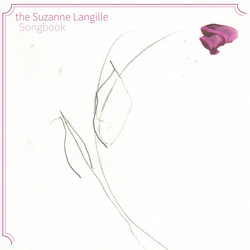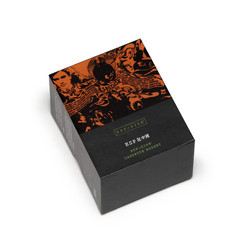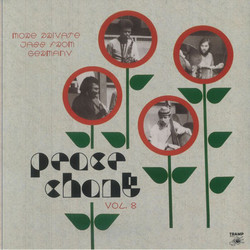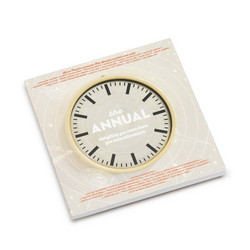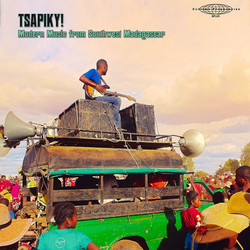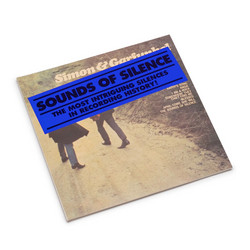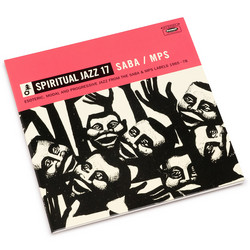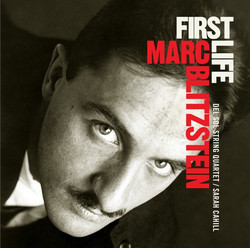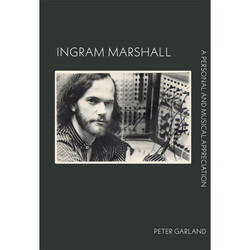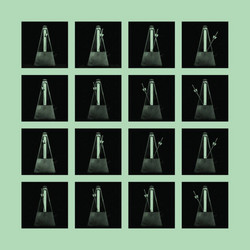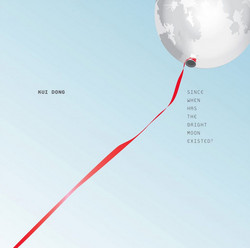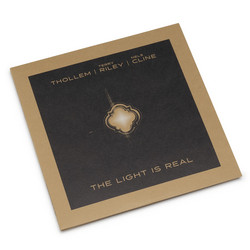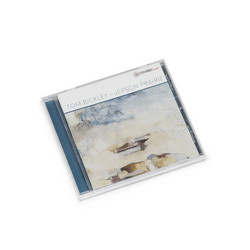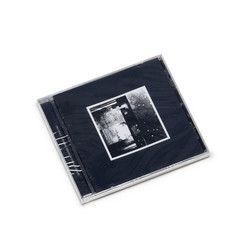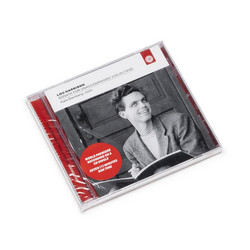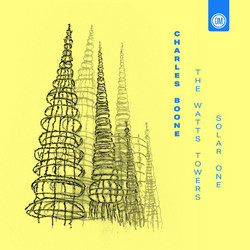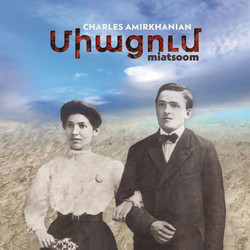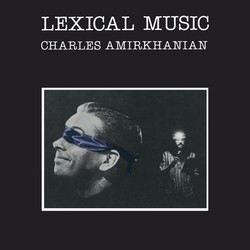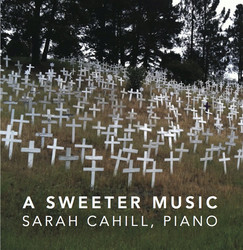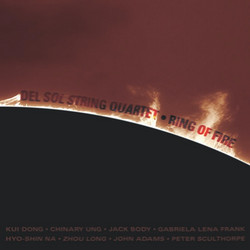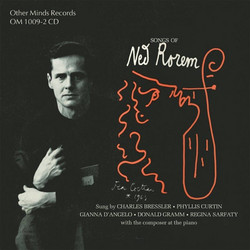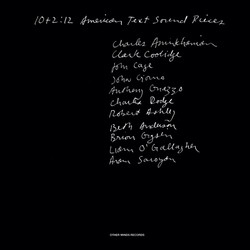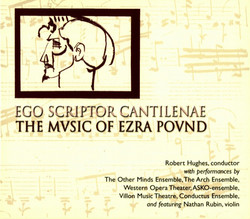For a brief period between 1940 to 1954, the now-defunct paper The New York Herald Tribune maintained a staff of music critics who were valued for their ability to write about music (especially less accessible modern music) in clear language for a general audience. This groundbreaking department was headed up by composer Virgil Thomson and over the years included John Cage, Paul Bowles, Lou Harrison, and Peggy Glanville-Hicks. Around the same period, Thomson was asked to curate a series of records for Columbia Records under the name Modern American Music. These records were among the rst recorded documents of pioneers and mavericks of American New Music, including many of his colleagues at the Tribune. On Composer-Critics of the New York Herald Tribune, these recordings are collected for the first time. In 2017, after many of these composers’ work has been mastered and recorded by virtuosic musicians the world over, looking back at these early recordings is a fascinating exercise in the development of interpretation and audio engineering.
The collection opens with Paul Bowles’ Music for a Farce, a collection of short pieces written to accompany a theater production directed by Orson Welles that never came to fruition. The eight brief movements bristle with humor and levity, employing inventive percussion including a doorbell and glass milk bottle.
After this lightness, the listener enters Lou Harrison’s world of stately beauty. Similar to the Bowles piece, Suite for Cello and Harp was intended to accompany a film that was eventually abandoned. Luckily for us, Harrison completed the music and delivered a piece that acts as a link between Debussy’s modal explorations and New Age à la Harold Budd. Suite for Cello and Harp is at once serene and arresting.
A compilation on this subject obviously would not be complete without a contribution by Virgil Thomson. His piece for four male vocalists and piano, Capital Capitals, is a setting of a Gertrude Stein text of the same name. Each of the four singers speak as the ancient capitals of Provence – Aix, Arles, Avignon, and Les Baux. The vocals slip in and out of sung and nearly spoken sections reminiscent of operatic recitative but not exactly such. While Thomson specifies pitch he frees the singers from notated rhythm, intending that they mimic everyday speech.
Peggy Glanville-Hicks’ Sonata for Piano and Percussion was written for a concert at the Museum of Modern Art focused on percussion music. As she did not want to stray away from pitch and tonality in her percussion writing, Glanville-Hicks utilized pitched percussion instruments (including an entire octave of timpani) that rarely appeared in chamber ensembles at the time. This use of percussion within a chamber ensemble would become a trademark of the composer’s future work.
Finally, the collection ends with John Cage’s String Quartet in Four Parts, written as a return to conventional instrumentation following his hallmark prepared piano period. Begun in Paris and finished in New York City, each of the piece’s four movements is intended to represent the four seasons, moving from Summer to Fall to Winter to Spring. Even today, the piece is shocking in its absolute austerity. Gentle oscillations are played with no vibrato, tempi are uniformly slow until the final movement which is intended to evoke popular street tunes.
These recordings have been lovingly re-mastered from the original Columbia Records master tapes supplied by Sony Music. The 60-page full color booklet includes rarely seen photographs, two Virgil Thomson essays, and new essays and program notes on each piece by Charles Amirkhanian who conceived the idea for this release.
